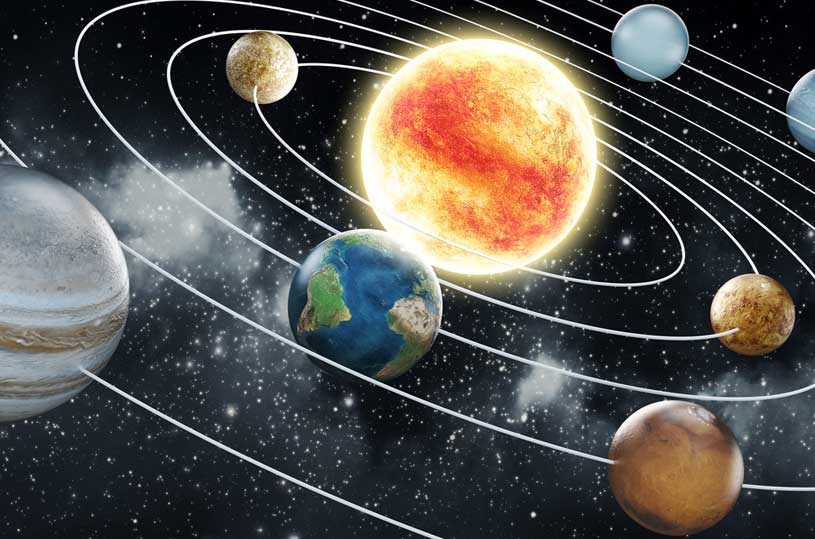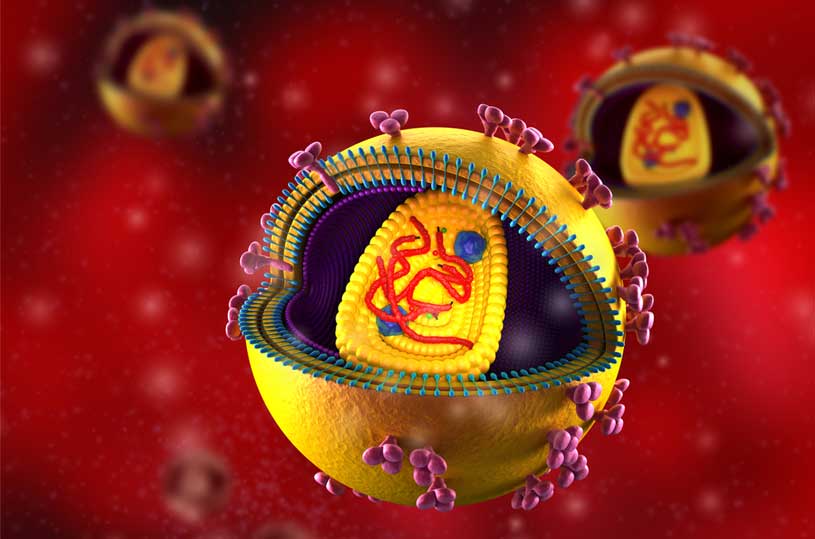Let us imagine the following newspaper scoop:
In the world’s most sophisticated laboratory, some of the world’s leading scientists have developed what can only be described as a super camera. The newspaper article will also carry a picture of the most complicated looking camera available.
This camera works under all conditions and does not require either artificial lighting or film. Every picture is automatically relayed to a special computer, where it is processed in a fraction of a second without any developing. The super camera has the ability to capture close-up and long distance views at the same time, regardless of their size.
At the center of the camera’s lens is an automatic adjustment mechanism, which reduces aperture size when the light level is too high and allows only the necessary light to enter. When light level is low, the aperture opens automatically to allow the entry of all available light. The camera lens has an automatic zoom capability, operated by a very sophisticated electronic spring mechanism.
When light enters the camera, it triggers seven million color sensors, which automatically balance all the different colors with outstanding accuracy to create the right picture with precise color replication. When there is insufficient light to create a color picture, such as at night, when the seven million color sensors cannot work, 127 million black and white sensors come into operation. Designed and built specifically for this task, the black and white sensors successfully capture the picture.
Given that the most expensive and sophisticated camera in the world is fragile, for the first time in photographic history, a special automatic lens cleaning system has been fitted into the camera itself. This ensures that the pictures are constantly bright and clear. The inner surfaces of two delicate membranes are constantly being washed with a special cleaning solution as they automatically open and close over the lens surface at regular intervals. The membranes clean the lens at very high speed without reducing the quality of pictures taken by the camera. Instead of using a single membrane, covering the whole lens, the camera’s designer deliberately placed two membranes, one at the bottom and one at the top of the lens. The membranes sweep up and down respectively, meeting in the middle at the extension of their stroke. This allows them to open and close very fast, cleaning the entire lens at very high speed.
The specially designed lubrication system ensures that the lens operates with a constant supply of fluid, which also ensures that the lens can move smoothly from side to side at the same time that it is cleaned. Even the tiniest particle of dust or dirt entering the lens environment is removed immediately. The membrane and lubrication system provides the camera with the ability to work in all weathers, even during a sand storm. The membranes automatically close to any necessary position and can seal the lens hermetically if required. Any dirt entering the lens before it is closed is washed away from inside the seal. If large quantities of dirt enter the system, they are detected by the lubrication system sensors without any specific human intervention. They pump in more lubrication fluid, which completely washes away the dirt, leaving the lens as clean and clear as before.
One of the most impressive achievements of this super camera is its ability to take three-dimensional photographs. This advanced capability is achieved by combining two independent filming systems, each of which has all the capabilities of the system already described. The special computer used to process the pictures receives images from both lenses within a fraction of a second. Designated software processes the pictures and combines them together into a single, three-dimensional picture within milliseconds.
It is important to realize that this super camera is no more than two and a half centimeters in diameter and both lenses are permanently located in the most sophisticated creation on earth and they are called – the eyes.
Is it any wonder that even before the discovery of the amazing facts supplied above, Charles Darwin, the father of evolutionary theory, wrote that in view of the amazing perfection in the design of the eye and the visual mechanisms, he suspected that the day would come when evolutionary theory would be debunked based on knowledge of the eyes’ construction. As Darwin put it: “Until today, the eye always gives me a cold shiver.”





